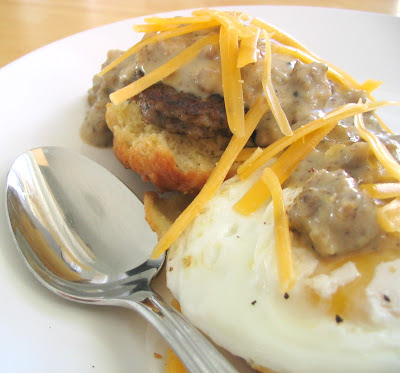The other day I found some bricks of cream cheese way in the back of the fridge that were pretty darn close to the expiration date. Naturally, the first thing that came to mind was cheesecake. Steven isn't the biggest fan of cheesecake so I made two mini cheesecakes instead of a full recipe. That took care of 2 bars, but there was still one left. I racked my brain trying to think of what else I could do with the cream cheese and the second thing I came up with was the cream cheese based dough of rugelach. The first time I make something, I try to stick to the most traditional recipe as possible. For rugelach, that meant a combination of apricot jam, walnuts, chocolate, raisins/currants, and poppy seeds. But it didn't work out quite like I planned because I didn't have the apricot filling. I grabbed a jar of yuzu marmalade because it was the only jam in the house, and the color is pretty close right? Then I thought well, I'll just Asianify the whole thing! Instead of cinnamon I used fresh ginger and instead of poppy seeds I used sesame seeds. Citrus and chocolate go pretty well together, so I added some chopped chocolate, which ended up being the lone traditional ingredient. I decided against all of the nuts and dried fruit in the pantry because nothing else seemed to match the yuzu and sesame. What I ended up with was the combination of yuzu, ginger, sesame, and chocolate wrapped up in a flaky cream cheese dough. Sounds pretty weird but it turned out surprisingly delicious!
Note: I also included the traditional filling if you want to go that route.
Rugelach, Asianified
Dough recipe adapted from both Cook's Illustrated and Traditional filling adapted from Dorie Greenspan
Dough
1 1/2 C all purpose flour
1 Tbsp sugar
1/8 tsp salt
1 stick butter (1/2 C or 4 oz.), cold cut into 1/2 in pieces
4 oz. (half a bar) cream cheese, cold, cut into 1/2 in pieces
1/4 C sour cream
Traditional Filling:
2/3 C apricot jam
1/2 tsp cinnamon
1/4 C chopped toasted walnuts
1/4 C currants or raisins
1/2 C finely chopped chocolate or mini chocolate chips
2 Tbsp poppy seeds (optional)
or
Asianified Filling:
2/3 C yuzu/citron marmalade
1/2 tsp freshly grated ginger
1 Tbsp white sesame seeds
1 Tbsp black sesame seeds
1/2 C finely chopped chocolate or mini chocolate chips
Glaze
1 egg beaten
2 - 3 Tbsp raw sugar
In the bowl of a food processor, add the flour, sugar, and salt and pulse to mix. Scatter the butter and cream cheese pieces and pulse a few times to cut it into the flour, stop about halfway to add the sour cream. The pieces of butter and cream cheese should still be relatively large before you add the sour cream. Scatter spoonfuls of the sour cream over the mixture and continue to pulse until the mixture starts to form large curds. Don't over work the dough otherwise you won't get the flaky layers.
Turn the dough onto a work surface and press the pieces together. Divide the dough into two pieces, flatten it into a disc, wrap in plastic wrap, and chill for at least 2 hours.
Before you bring the dough out, heat the jam in a small saucepan or in the microwave until it is warm and easier to spread. If you are using fresh ginger and yuzu, mix the freshly grated ginger into the warm jam. If you are using the apricot and cinnamon filling, add the cinnamon to the other dry ingredients for the filling.
If you are using sesame seeds, add both the white and black seeds to a small skillet and toast over medium heat until the white ones look golden brown, about 3 minutes.
In bowl, mix the dried filling ingredients together, for the traditional filling that would be the cinnamon, chopped nuts, dried fruit, chocolate, and poppy seeds (if using) and for the Asian filling that would be the toasted sesame seeds and chocolate.
Preheat the oven to 350 degrees F. Bring out a disc of the dough and roll it out into a 11 - 12 inch circle. Spread half of the jam over the dough and then scatter half of the dried filling ingredients. Cut the dough into 12 wedges, first cutting the dough into quarters, then each quarter into 3 equal pieces. Roll each wedge, starting at the base of the triangle, the point of the wedge should be on the exterior of the dough.
Refrigerate for 30 minutes or freeze for 15 minutes before baking.
Before baking, brush the tops of the cookies with beaten egg and sprinkle some raw sugar on top. Bake only one tray at a time. Bake in a 350 degrees F oven for 22 - 25 minutes. The cookies should be golden.



